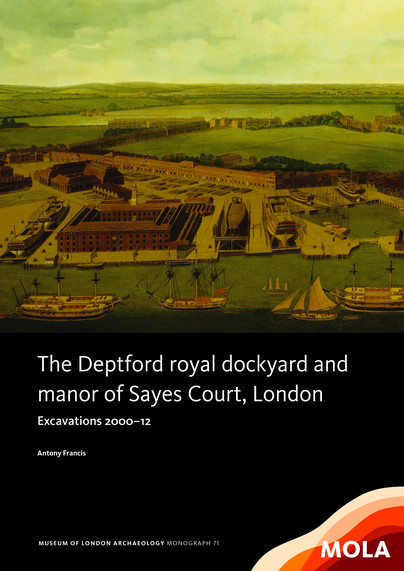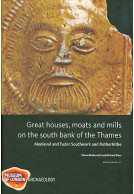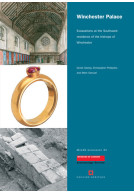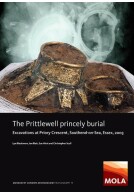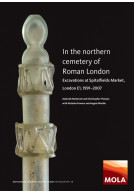Google Books previews are unavailable because you have chosen to turn off third party cookies for enhanced content. Visit our cookies page to review your cookie settings.
The Deptford Royal Dockyard and Manor of Sayes Court, London (Hardback)
Excavations 2000-12
Imprint: MOLA (Museum of London Archaeology)
Pages: 260
Illustrations: 199 mostly colour
ISBN: 9781907586361
Published: 14th November 2017
Script Academic & Professional
Pages: 260
Illustrations: 199 mostly colour
ISBN: 9781907586361
Published: 14th November 2017
Script Academic & Professional
Usually available in 6-8 weeks.
You'll be £30.00 closer to your next £10.00 credit when you purchase The Deptford Royal Dockyard and Manor of Sayes Court, London. What's this?
+£4.99 UK Delivery or free UK delivery if order is over £40
(click here for international delivery rates)
Need a currency converter? Check XE.com for live rates
(click here for international delivery rates)
Need a currency converter? Check XE.com for live rates
Deptford royal dockyard was established in the early 16th century and closed in 1869. Crucial to the maintenance of the nation’s naval power, the dockyard grew from a single storehouse and wet and dry docks to a great complex including stores, slipways, mast docks and other structures supporting ancillary industries, such as sailmaking, timber- and ironworking. Shipbuilding was accompanied by constant repair and rebuilding as the dockyard worked to keep the navy at sea. In its time, the dockyard was visited by royalty and saw the launch of many famous ships. The Mary Rose was repaired here; Francis Drake was knighted at the dockyard, which became the final resting place of his ship, the Golden Hinde. The area of Sayes Court, where John Evelyn entertained his friend Samuel Pepys and which was wrecked in 1698 by Czar Peter the Great, was part of the excavation. Princess Louise launched the last vessel from Deptford in 1869, timber-hulled but now steam-powered, the ‘sloop’ Druid. Most of the dockyard buildings were levelled in the 20th century, but important below-ground remains were investigated in 2000–12 in the largest-ever excavation of a naval dockyard. Integrating archaeological evidence with maps and written sources, this book traces the yard’s development as it was developed and expanded to keep pace with advances in naval technology and the demands of empire, and throws light on life outside the yard for the workforce.
Customers who bought this title also bought...
Other titles in MOLA (Museum of London Archaeology)...







